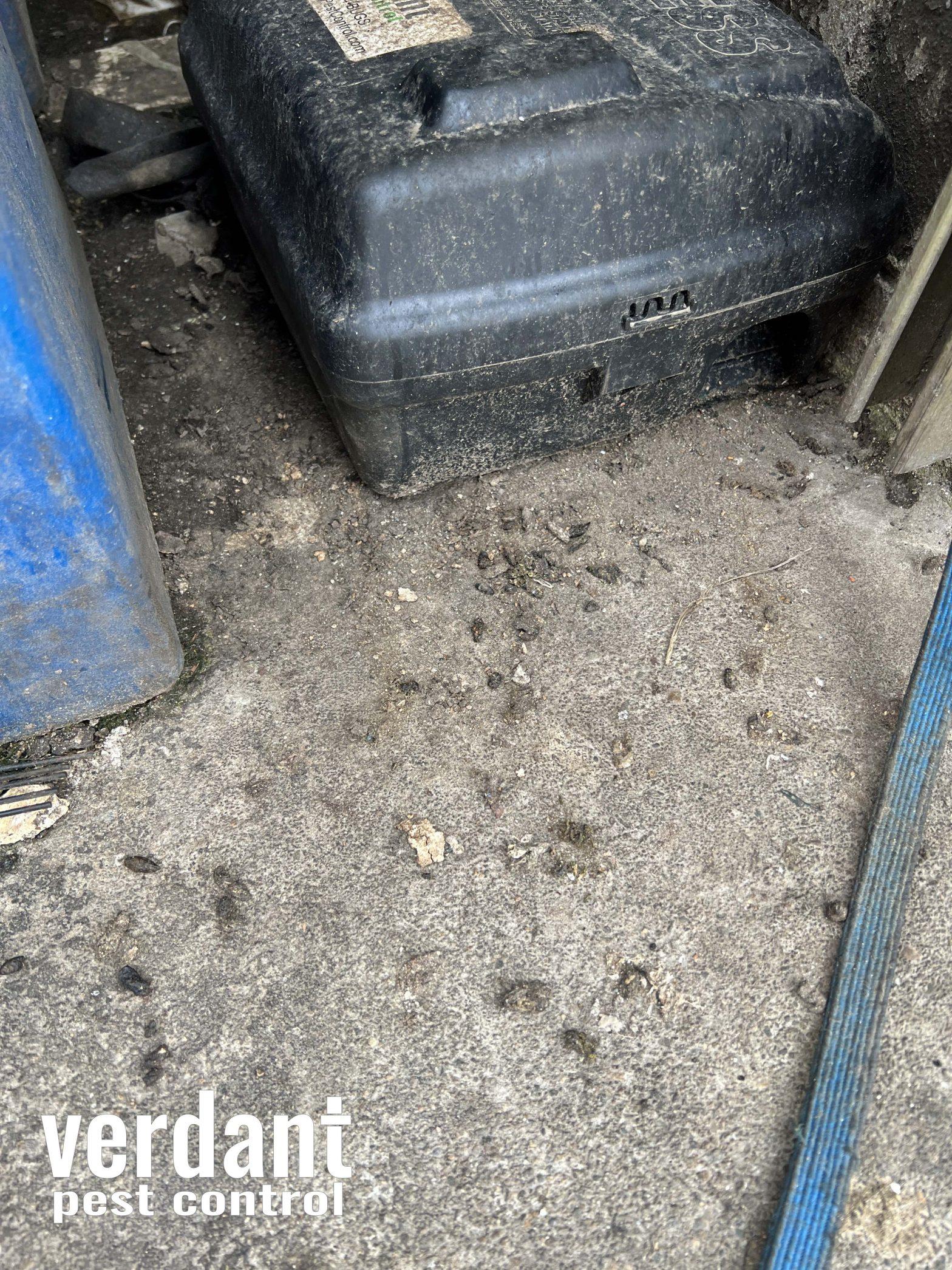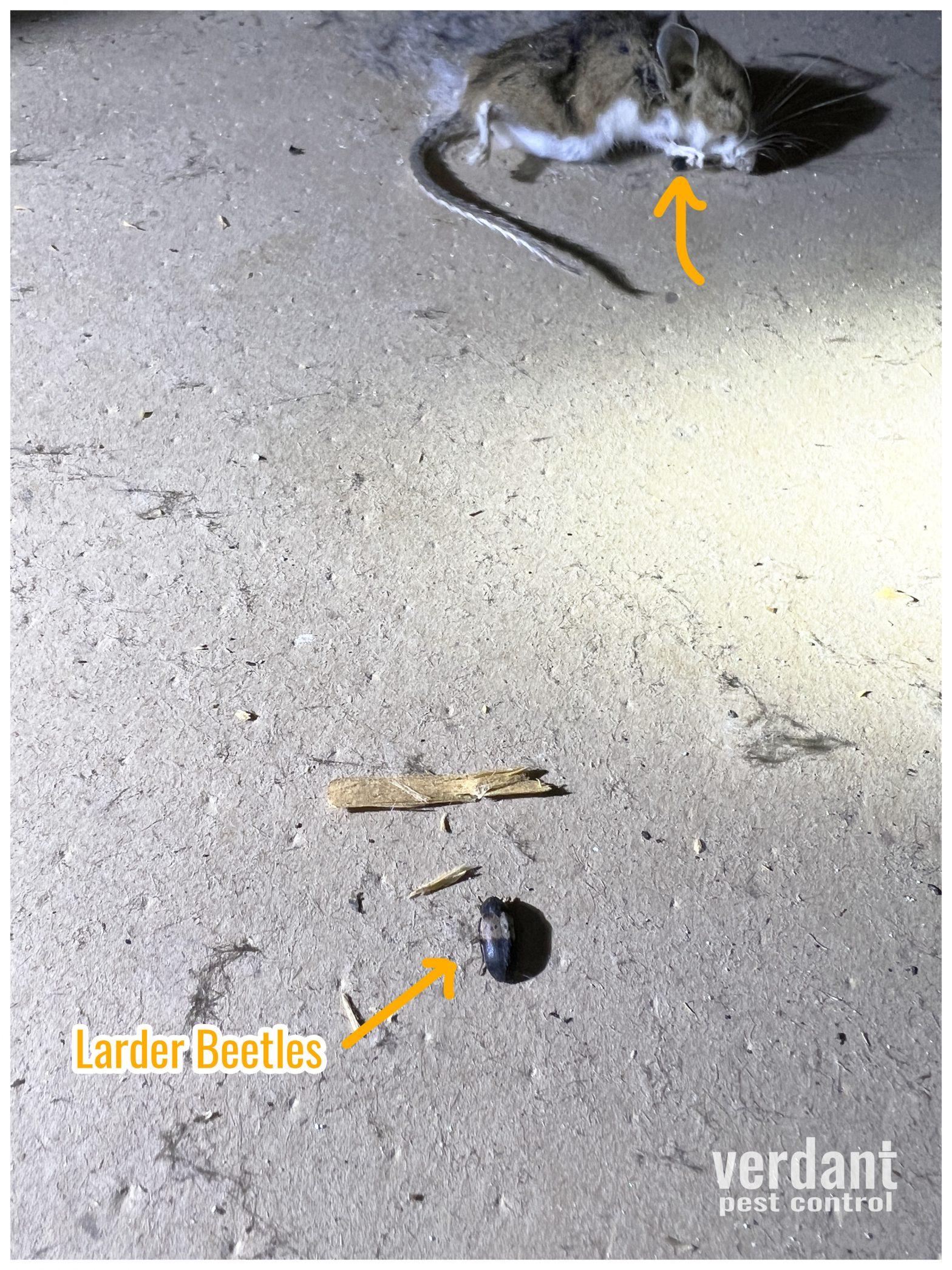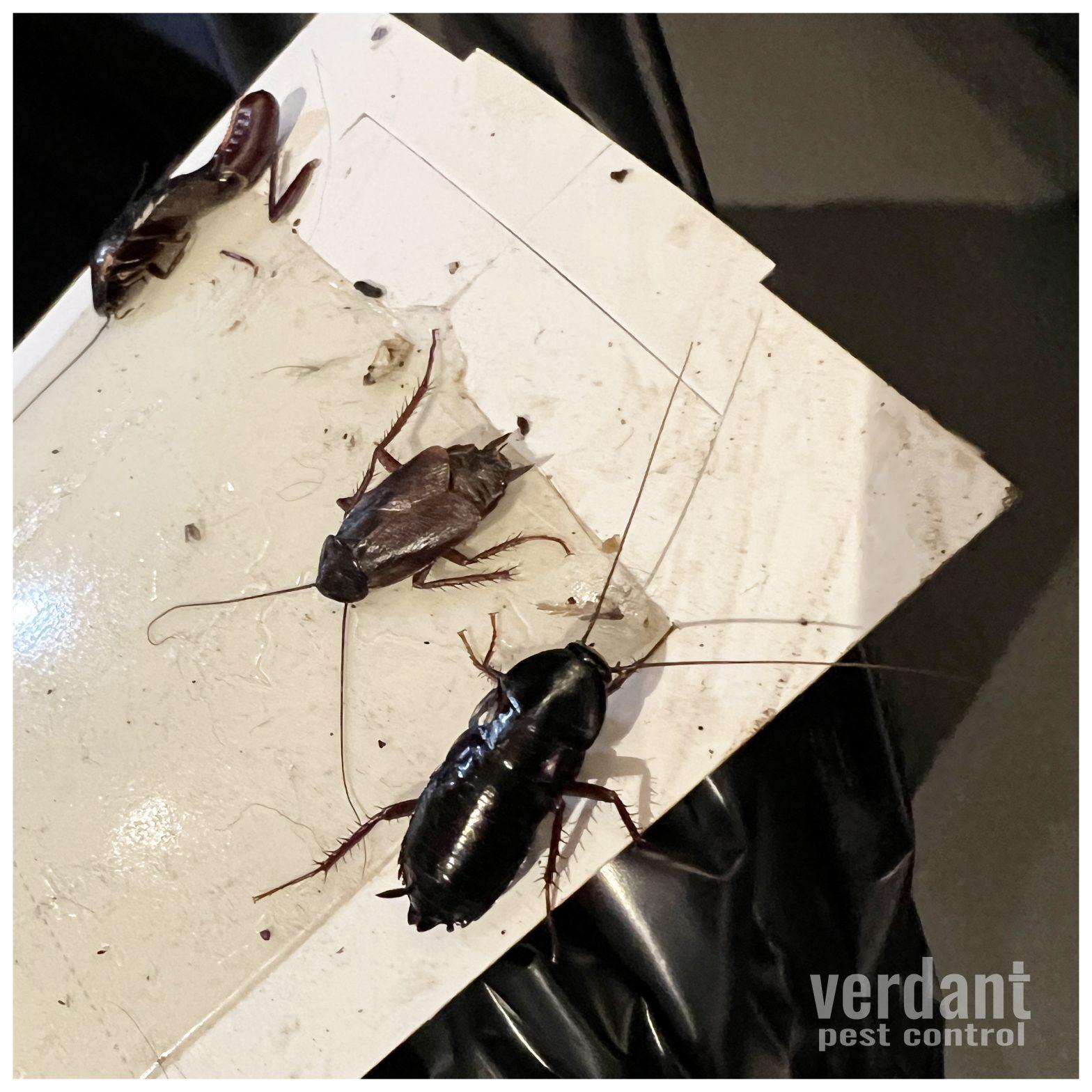Flying squirrels have made their way into this attic by chewing into the sill plate for the gable vent. The hardware cloth was not covering well enough and the squirrels exposed that weakness. We removed and replaced the bottom sill and then secured hardware cloth to the new piece. Now the squirrels would have to chew thru metal to get inside.
Flying squirrels belong to the family Sciuridae, and contrary to their name, they are not true flyers but are remarkable gliders. There are around 50 species of flying squirrels found worldwide, distributed across Asia, Europe, and North America. Among them, the northern and southern flying squirrels are the most commonly known.
The most distinctive feature of flying squirrels is their patagium, a specialized membrane of skin that extends between their forelimbs and hindlimbs. This patagium acts as a parachute, allowing them to glide effortlessly through the air. When they stretch their limbs out, the patagium expands, creating a larger surface area to catch air currents.
Flying squirrels are predominantly nocturnal creatures, well adapted to their nighttime habitat. They possess large, forward-facing eyes that enhance their depth perception and night vision. Their keen eyesight enables them to spot potential predators and navigate through dense forests in the dark.
These agile gliders make their homes in a variety of habitats, including forests, woodlands, and sometimes even urban areas. Their diet primarily consists of nuts, seeds, fruits, insects, and tree sap. They have sharp incisors that help them gnaw through hard shells and bark to access their preferred food sources.
Flying squirrels are generally solitary animals, but some species exhibit social behavior and live in small groups. They communicate through vocalizations, scent marking, and visual displays. Breeding season varies among different species, but typically occurs during spring or summer. Female flying squirrels give birth to litters of two to five young ones, which are blind and hairless at birth.
Preventing squirrels from entering your home is crucial for several reasons. While squirrels may appear cute and harmless, their presence inside residential spaces can lead to various problems and potential hazards. Here are some key reasons why it is important to keep squirrels out of your home:
Property Damage: Squirrels have strong and sharp teeth that they use for gnawing. Once inside your home, they can cause significant damage to electrical wiring, insulation, wooden structures, and personal belongings. Chewed wires can pose a fire hazard, and structural damage can compromise the integrity of your home.
Nesting and Chewing Habits: Squirrels are known to create nests within attics, crawlspaces, and wall voids. They will tear up insulation, shred materials, and use these items to build their nests. Their constant chewing can lead to costly repairs and potential safety hazards.
Health Risks: Squirrels can carry various parasites, including fleas, ticks, and mites, which can transmit diseases to humans and pets. Their droppings can also contaminate the environment with bacteria and fungi, potentially causing respiratory issues and other health problems.
Noise and Disturbance: Once inside your home, squirrels can be noisy, especially during their active periods, which can disrupt your sleep and daily routines. Their scratching, running, and gnawing sounds can be quite bothersome.
Increased Pest Activity: Squirrels can attract other pests such as rats and mice, as they leave behind food debris and create entry points that these smaller pests can exploit. This can lead to infestations and further property damage.




